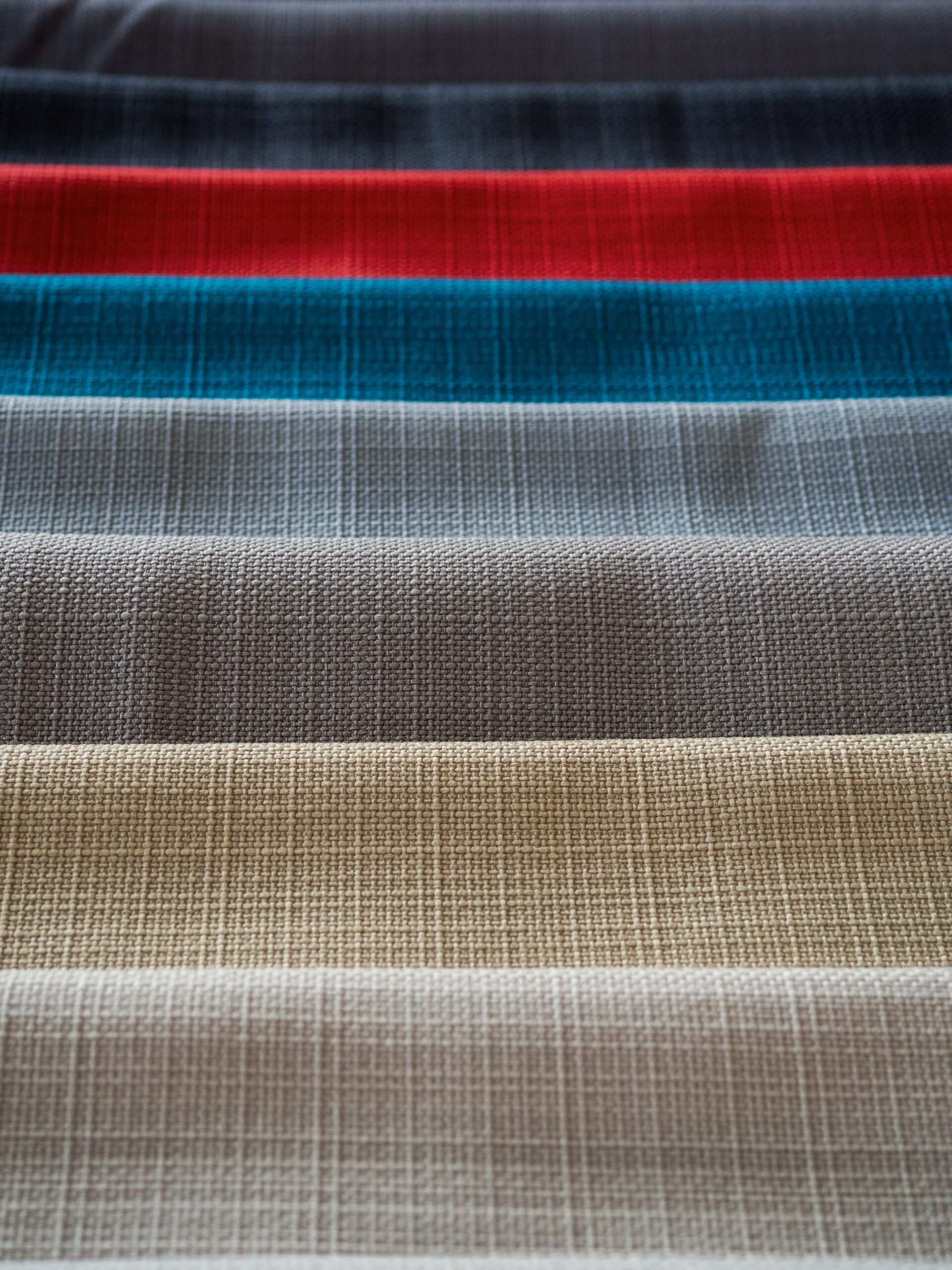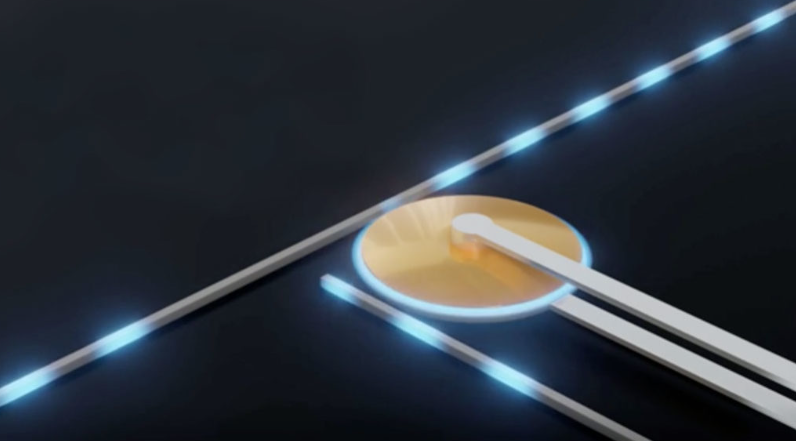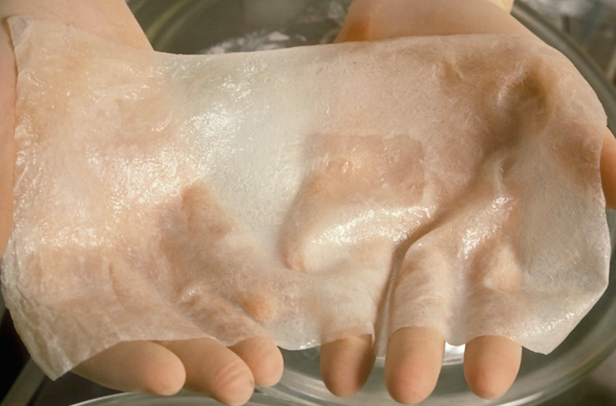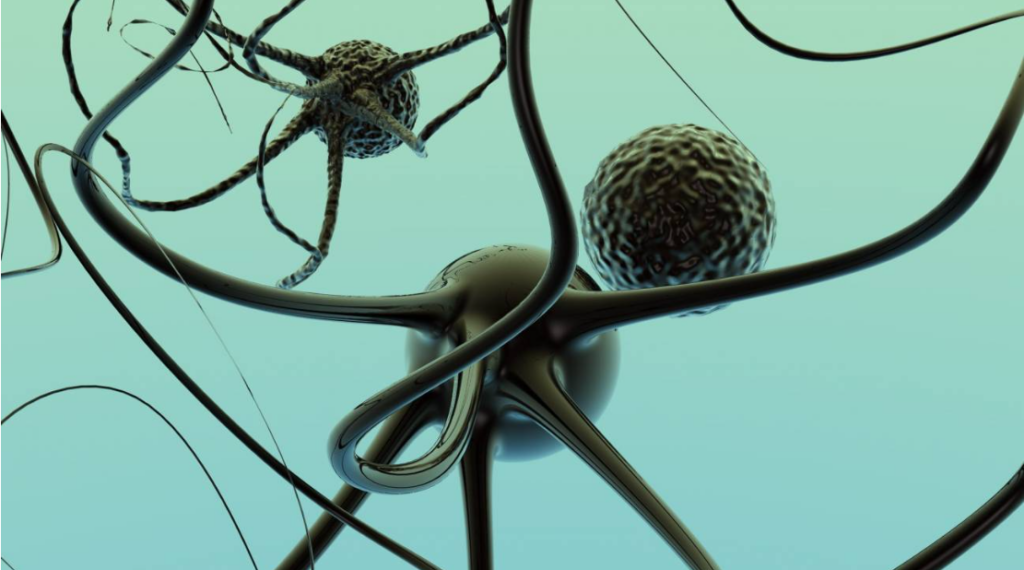Fabric that can hear our heartbeats Incredible!

The Massachusetts Institute of Technology (MIT) has achieved an extraordinary innovation, a tissue that transfers the heartbeat to the ear, converting sounds into mechanical vibrations and then electrical signals. The fiber is engineered from a piezoelectric material, which produces an electrical signal when mechanically bent or deformed, providing a means for the fabric to convert sound vibrations into electrical signals.

This fabric has the peculiarity of capturing sounds that vary from few to many decibels and determines the precise direction of sudden sounds such as claps. When woven into the lining of a shirt, it can detect the subtle features of the heartbeat, the fibers can also be made to generate sound, like a recording of words, that other fabric can detect.
The fabric can seamlessly interact with human skin, allowing users to monitor their cardiac and respiratory status comfortably, continuously, in real time, and over the long term.
We know that audible sound travels through the air as light pressure waves, when these waves reach our ear, a sensitive and complex three-dimensional organ, the eardrum uses a circular layer of fibers to translate the pressure waves into mechanical vibrations. These vibrations travel through tiny bones to the inner ear, where the cochlea converts the waves into electrical signals, which the brain detects and processes.
Using these insights, a soft, durable, comfortable, and sound-detecting fabric ear was created. This research led to two important discoveries: that fabric would have to incorporate high-modulus or rigid fibers to effectively convert sound waves into vibrations, and a fiber would have to be designed that could bend with the cloth and produce an electrical output in the process.
Technological advances simply never cease to amaze us.





Responses